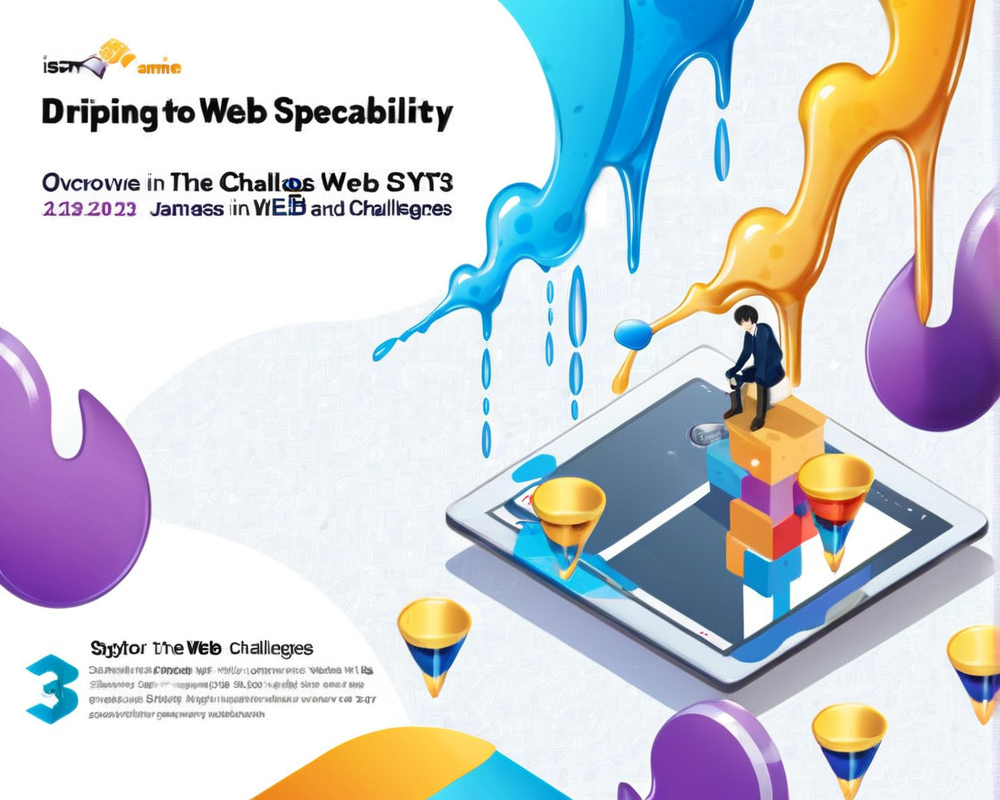Web3’s Expanding Market and Challenges
By 2030, Web3 is expected to reach a market size of $81.5 billion, according to Emergen Research. However, this burgeoning sector faces significant challenges, especially in security and interoperability. Key industry players shared their insights on the hurdles that lie ahead.
Understanding Interoperability
Interoperability is crucial for the evolution of Web3, allowing seamless communication between different blockchains. Derek Yoo, CEO of PureStake, which focuses on the development of the Moonbeam layer-1 blockchain, explained that interoperability aims to create a user experience similar to Web2, abstracting away the underlying complexities. This approach ensures users don’t need to know the specifics behind the mobile app powering their experience.
Security Concerns
Nevertheless, interoperability introduces various moving parts, raising security concerns. Justin Hulog, chief studio officer at Immutable, noted that with each additional link in a chain, the risk of failure increases. For cross-chain functionalities, “bridges” that facilitate asset transfers between blockchains have proven to be common targets for hackers. Chainalysis estimates that around $2 billion in cryptocurrency has been stolen due to 13 cross-chain bridge hacks alone by August 2022, with bridge attacks accounting for a staggering 69% of the total funds stolen this year.
Innovative Solutions and Breakthroughs
Despite these challenges, significant strides have been made in improving interoperability and security in the crypto space. Innovations such as cross-chain general message passing systems introduced by Cosmos IBC, Polkadot XCM, Axelar, LayerZero, and Wormhole are addressing common vulnerabilities in the system. Yoo highlighted how these functionalities could greatly enhance NFT platforms, enabling users to purchase NFTs minted on other chains without having to transfer anything. In DeFi, users would benefit from pooled liquidity across multiple assets or chains, effectively unifying liquidity.
Collaborations in Game Development
In the gaming sector, interoperability can elevate the value of in-game assets, particularly NFTs. Hulog emphasized how partnerships, such as between The Sandbox and Guild of Guardians, are central to creating cross-game compatibility, allowing players to utilize certain characters across both platforms. Such initiatives aim to enhance user experience and engagement, enabling a seamless gaming environment.
Long-Term Prospects
While security concerns remain a pressing issue in the short term, experts believe that achieving interoperability will ultimately lead to a landscape filled with more specialized and simpler chains, fostering secure environments for users, according to Yoo. As the industry progresses, the focus on enhancing security alongside interoperability is expected to stimulate broader adoption of blockchain technologies.




